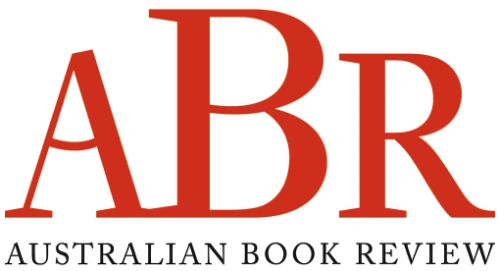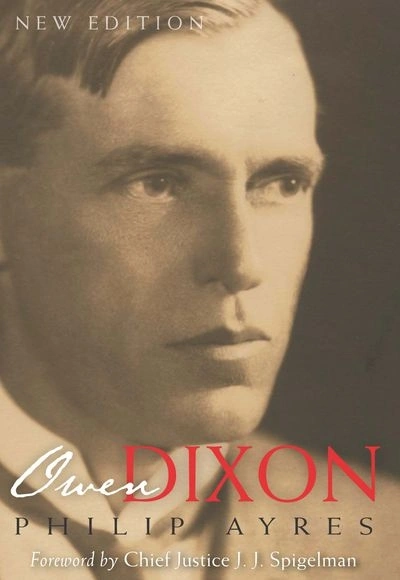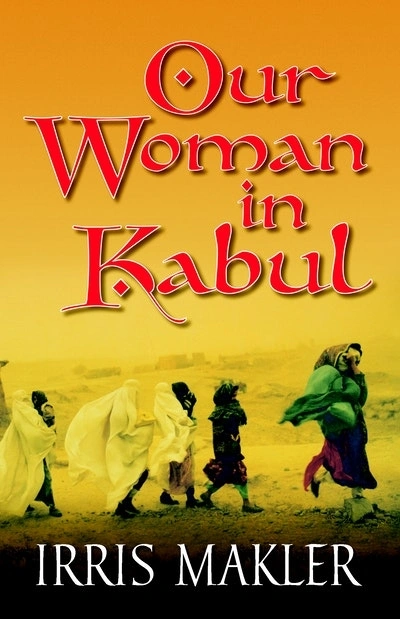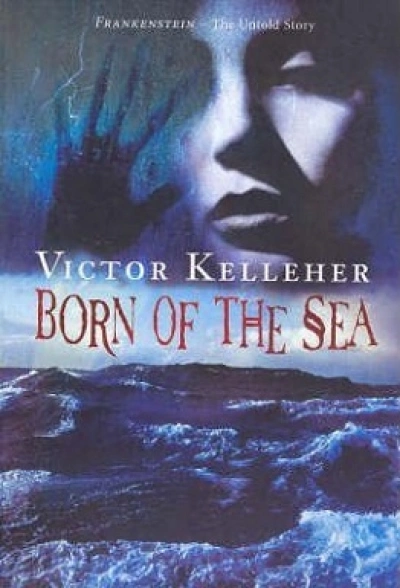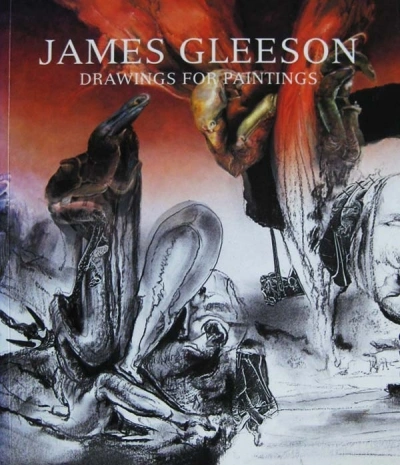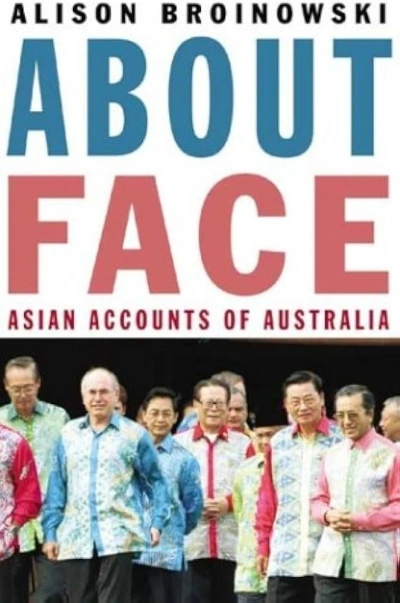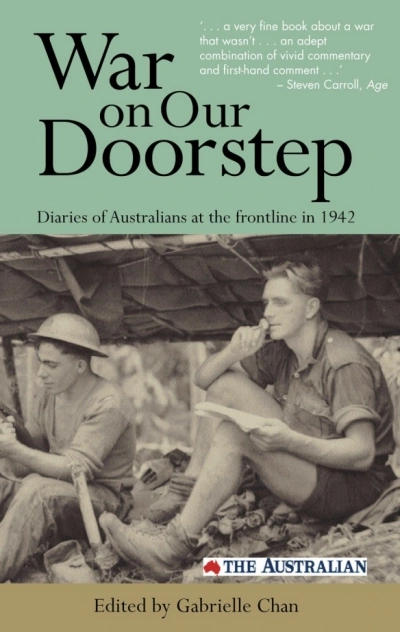Archive
James Gleeson: Drawings for paintings by Hendrik Kolenberg and Anne Ryan
About Face: Asian accounts of Australia by Alison Broinowski
What a piece of work
It’s rare for different genres to appear on a Miles Franklin Award shortlist: it’s even rarer when partners appear on the same shortlist. This year we have a bit of both. Among the six shortlisted titles are The Prosperous Thief, by Andrea Goldsmith, and Wild Surmise, by Dorothy Porter. The latter marks Porter’s second appearance on a Miles Franklin Award shortlist, hers being the only verse novels to have appeared to date. The other shortlisted titles are An Angel in Australia, by Tom Keneally; Journey to the Stone Country, by Alex Miller; Moral Hazard, by Kate Jennings; and Of a Boy, by Sonya Hartnett. This year’s prize is worth $28,000. The judges – Hilary McPhee, David Marr, Mark Rubbo, Dagmar Schmidmaier and Elizabeth Webby – will put the authors out of their misery on June 12.
... (read more)It is fascinating how a single photographic image can generate a whole range of thoughts and interpretations. Take Derek Biermann’s photograph of dancer Kathryn Dunn in Gideon Obarzanek’s Fast Idol. I love the sense of movement seen in the swing of the hair, and the shimmer and subtle motion of the costume. I like to imagine I can hear a jangle coming from the metallic strips of the costume. Yet others are struck by the sense of stillness in the image. The dancer’s eyes are cast down and her head is lowered, contained, as it were, in the cradle of her arms. Some find it highly unusual as a representation of the work of Obarzanek, whose choreography now looks quite different from the way it did in 1995, when Fast Idol was made. ‘Is that really from an Obarzanek work?’ they say. Fans of Dunn admire it for the way it encapsulates her dancerly qualities. Others just like it because it’s a sexy image. What will history make of it?
... (read more)Common to much Enlightenment and nineteenth century liberal thought was a belief that, as people became better educated and more affluent, so too would there be a corresponding decline of religious beliefs. This was central to the view of those two quintessential ‘modern’ thinkers, Karl Marx and Sigmund Freud, who spoke respectively of ‘the opium of the people’ and of ‘the future of an illusion’. Marx’s views expressed those of large numbers of nineteenth and twentieth century critics: ‘Religion is the sigh of the creature overwhelmed by misfortune, the sentiment of a heartless world, and the soul of soulless conditions.’ Today many sociologists write as if the old fears and/or promises that God is dead were a description of social reality for most people. This secular triumphalism seems to me badly misplaced, except in a relatively few Western countries.
At the beginning of the twenty first century, it appears that religious beliefs have lasted rather better than the idealism - some would claim themselves theological - of either Marx or Freud. Freud’s eschatology, in particular, has remarkable similarities to the dominant myths of Judaeo-Christianity, with the Oedipus complex playing the role of Original Sin in psychoanalytic theory, as Martin Wain has pointed out.
Except in a few countries, the Catholic Church has outlived its sworn enemy, the international communist movement, while fundamentalist Protestantism, Islam, Hinduism and Judaism seem to be on the rise in most parts of the world.(The last battle between communism and Christianity may well be the battle to unify Korea, with many South Korean Christians seeing unification as an opportunity for largescale missionary activity.) While it is probably true that fundamentalism is often an expression of hostility towards various manifestations of ‘modernity’ and ‘Westernisation’, it is also the case that the religious element is far more resilient than most thinkers would have prophesised a century ago.
It is worth noting that, according to figures collected by Time magazine in 2001, Christianity remains the most widespread religion in the current world, with an estimated 1.9 billion adherents in 2000, threequarters of them Catholic. There are an estimated 1.2 billion Muslims, 800 million Hindus and 360 million Buddhists, with much smaller numbers of Sikhs and Jews. These figures omit the vast array of religious beliefs that persist outside the hegemonic religions, or, increasingly, coexist with Christianity and Islam in many parts of the poor world. Both Islam and those classified as ‘nonreligious’ are listed as the fastest growing groups, and Confucianism is not mentioned, a reflection perhaps of confusion as to whether it is better understood as a religious or ethical system. In the contemporary world, Christianity and Islam stand apart as the two major proselytising religions, and the only ones whose adherents are genuinely global and not concentrated among one or two particular countries or ethnic groups. Where they collide - as in Lebanon, the former Yugoslavia and parts of India and Indonesia - the consequences are not infrequently bloody.
In the contemporary world, the most common examples of violence and persecution linked to religion seem to come from the Islamic world, though even to assert this is to risk giving political offence. Indeed, the more that Western governments, led by the US, try to rally support against religious based terrorism, the more they feel obliged to deny the link, to depict those terrorists who claim support from their religious convictions as somehow false believers.
Yet one can deplore attacks on individuals because they appear to hold particular beliefs while retaining the intellectual right to criticise the logic of those beliefs. It is hardly controversial today to point to the extent to which largescale murder was justified as part of the imperial European expansion into the rest of the world through appeals to the Christian mission. Priests and missionaries were often the frontrunners of the imperialist venture, and apologists for the worst sort of barbarity. Islam hardly has a monopoly on links to violence and intolerance - consider the ravages of fundamentalist Hindus, Christians and Jews - but, in this particular moment of world history, there are probably more Muslims who turn to religion to justify attacks on their opponents than practitioners of any other religion. At the same time, we should not forget the recent slaughter of Muslims by Christian Serbs in Bosnia, or by Hindus in Gujarat, or the role of Christians, including priests and nuns, in internecine slaughter in Rwanda. Most fundamentalist believers are willing to condone violence when directed against those they regard as sufficiently sinful, and Christianity has a long history of extraordinary barbarism.
I want to ask two questions, beginning with this apparent persistence of religion despite huge rises in affluence and education. This is an historical and sociological question, but it overlaps with a more profoundly personal and philosophic one, namely, how can people who appear to agree on much in the social and political sphere disagree profoundly about the basis for their beliefs? There are many people whose commitment to social justice stems from deepseated religious beliefs, but there are equally many, of whom I am one, who share such commitments without any religious foundation or with an instinctive antipathy to all forms of organised religion.
... (read more)A Guide To Australian Folklore: From Ned Kelly To Aeroplane Jelly
By Gwenda Beed Davey and Graham Seal
Simon & Schuster, $29.95 pb, 310pp, 0 7318 1075 9
Two of Australia’s authorities on folklore have drawn on many years of research to produce this new reference book. An alphabetical listing of events, beliefs, characters, places, activities and allusions, it is more than a dictionary, often delving into shifts in cultural values and the national character. For example, the entry under garage sale explores the changing attitudes over the past decades to the public sale of personal items. Significant traditions from the many cultures – including indigenous – found in Australia are acknowledged: Passover, muck-up day, Broome’s Shinju Matsuri Festival, the Tasmanian tiger and Anzac biscuits all find a place. The cross-referencing of entries provides a fascinating glimpse into the intricate web that is Australian folklore. The bibliography extends for fourteen pages and is itself a valuable reference for any reader wanting to pursue source materials.
... (read more)